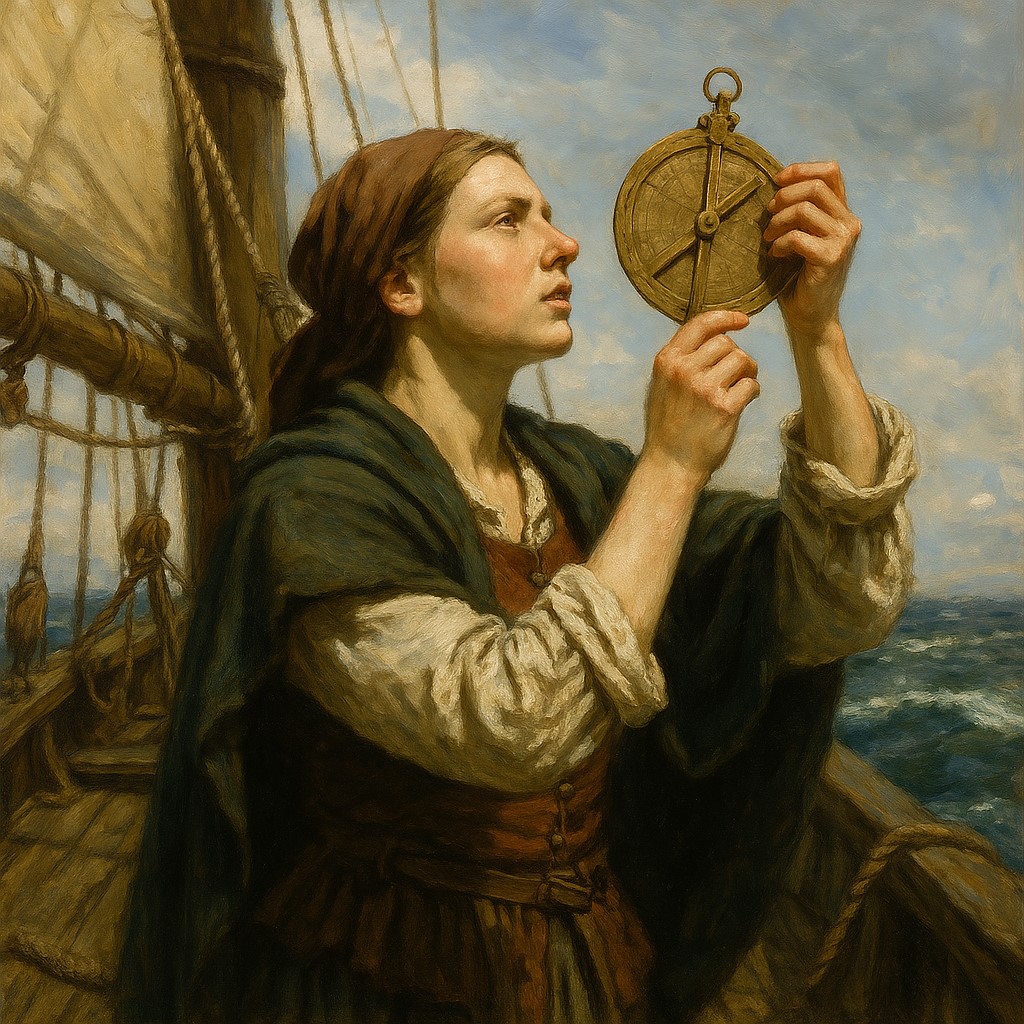Navigation (sage ability)
Navigation Navigation is an amateur-status sage ability in the study of Natural Astronomy, and an authority-status ability in Oceanography. It enables the character to maintain and monitor a chosen course, whether over land or sea, even in unfamiliar territory and without the aid of visible topographic landmarks. While a basic understanding of cardinal directions — north, east, south and west — is fundamental, the true strength of the ability lies in the character's instinctive grasp of environmental cues: the alignment of stars, the arc of the sun, reflected light on water and terrain, the flow of wind or current, and other subtle indicators. With this skill, the character gains absolute certainty of the direction being followed.
Contents
This does not mean the character will always select the optimal or most advantageous path — only that the chosen route will be feasible and within the party's capacity to travel. The ability does not provide insight into the locations of roads, passes or precise wind conditions. Rather, it assures that the route selected is passable and sensible, relative to the group's abilities. In most cases, players will be presented with multiple viable paths; it is up to them to choose among them. Only when a single path is clearly the only option will the course be evident without decision.
In practical terms, the knowledgeable character cannot become lost. Though the way forward may be dangerous or difficult, the path determined will be valid, allowing the party to cross unfamiliar terrain, navigate open waters or return to previously visited locations with confidence.
Instruments
The ability includes the trained use of period instruments common to the 16th century. The character is familiar with setting and reading an astrolabe, aligning and sighting with a cross-staff, taking angle measurements using a quadrant and orienting with a compass, adjusting for known variation where necessary. At sea, the character can operate a traverse board and measure speed using a log line, recording and interpreting results reliably. These instruments are handled with confidence, even under shifting conditions, allowing the character to update bearings, confirm heading and maintain a consistent course through methodical use.
The astrolabe is a flat, circular brass instrument, typically six to eight inches in diameter, with rotating plates and sighting rules used to measure the altitude of celestial bodies; it is intricate and best used when stationary or on calm water. The cross-staff consists of a long, slender wooden staff — usually around three feet in length — with sliding cross-pieces of varying lengths that are aligned with the horizon and a celestial object to measure angular height. The quadrant is a quarter-circle plate, commonly made of wood or brass and about six to twelve inches across, fitted with a plumb line to take angular readings quickly, even while aboard a moving ship.
The compass is a small, portable device — housed in a wooden or brass case three to four inches wide — with a magnetic needle that points north, used to maintain directional heading regardless of visibility. The traverse board is a flat, circular board roughly a foot across, marked with pegs and holes to record course and heading during a sailor's watch. The log line is a length of knotted rope attached to a weighted board, which is cast overboard and timed — typically with a sandglass — to estimate the ship's speed in knots based on how many knots pass over the side in a fixed time.
See also,
Celestial Navigation (sage ability)
Earth & Sky (sage field)
